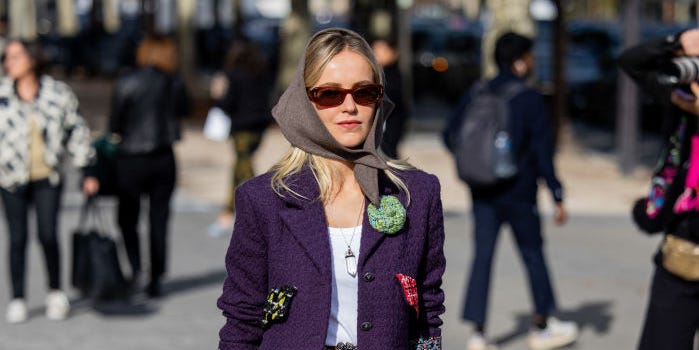Vintage clothing Washing it before wearing it is not an unnecessary luxury – research has already shown this second-hand clothing often a lot bacteria contains. Fortunately, there are ways to prevent this – so your Vinted wish list is still safe.
Second-hand clothing ‘swims’ in bacteria
In an article by The Conversation says Primrose Freestone, employee of the Department of Clinical Microbiology at the University of Leicester: ‘The demand for second hand and vintage clothing has increased enormously in recent years. Second-hand fashion is seen by many consumers as a cheaper, more environmentally friendly way to expand their wardrobe. But no matter how excited you are to wear your next second-hand purchase, it’s important to get it right first disinfects. This is because clothing is a great source of infectious diseases can be.’ Yikes.
Where do these bacteria come from?
‘Clothes are a known carrier of many things disease-causing pathogens‘, Freestone said. “This means that bacteria of the unique skin microbiome of the clothing’s original owner can still be found on second-hand clothing if the garments are not cleaned before being sold. It also means that any infections or pathogens that they may have had when they last wore the clothing can still be found there.’
This is how you get rid of the bacteria
Freestone advises: ‘It is recommended to wash newly purchased second-hand clothing with detergent at a temperature of approx sixty degrees. This not only removes dirt from the clothes, but also removes bacteria and inactivates pathogens. Cold water does not work as well to remove pathogens in clothing. So if high temperature washing is not possible, use a disinfectant to kill any bacteria present.”
Another important piece of advice from Freestone: don’t let your new vintage purchase come into contact with the rest of your laundry until you’ve washed it, otherwise the bacteria can affect other clothes in your laundry basket.


